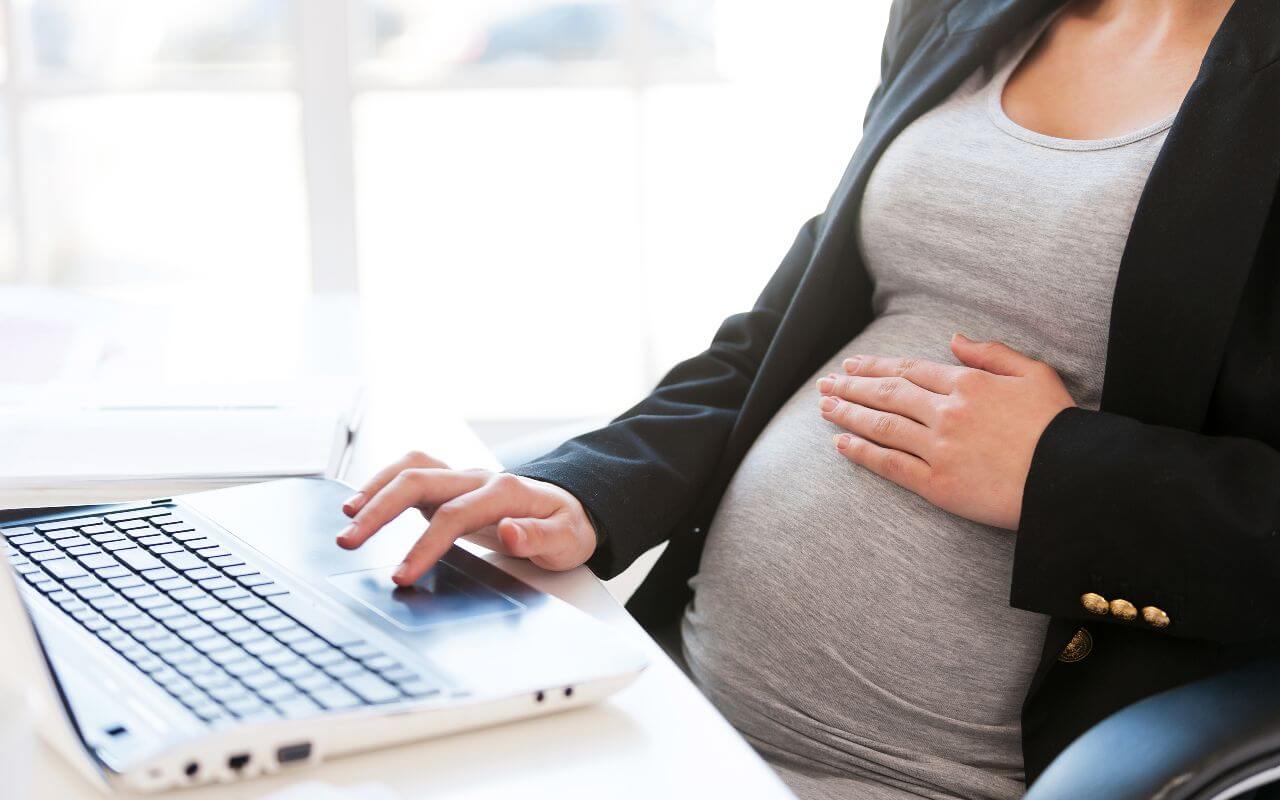Pregnancy and maternity discrimination has returned to the forefront of public debate, but will the government continue to drag its feet on this issue or is some real change on the horizon? We examine the recent developments in this area.
The scale of pregnancy and maternity discrimination in the UK is staggering, with an estimated 54,000 mothers every year being forced to leave their jobs because of how they are treated during their pregnancy, maternity leave or after they return to work and over three quarters of women, equivalent to 390,000 new mothers each year, experiencing some form of pregnancy or maternity discrimination at work.
These alarming statistics come from a report produced in 2016 by the Department for Business, Innovation and Skills and the Equality and Human Rights Commission on the prevalence and nature of pregnancy discrimination and disadvantage in the workplace. This is the biggest piece of research ever carried out on this topic and it also revealed that the problem is only getting worse.
Off the back of this report, the Women and Equalities Select Committee called on the government to take urgent action to tackle pregnancy and maternity discrimination and some two years later, in January 2019, the government launched a consultation seeking views on extending legal protection against redundancy for pregnant women and new mothers on maternity leave (It also requested views on giving the same rights to parents returning from adoption leave and shared parental leave).
While the current law does recognise the fact that pregnant women and women on maternity leave are at risk of experiencing discrimination, the concern raised by many is that it does not go anywhere near far enough. At present, employers can lawfully make a woman who is pregnant or on maternity leave redundant if they carry out a “fair” redundancy process. The only additional obligation on the employer in these circumstances is that before making an employee on maternity leave redundant, it must offer them a suitable alternative vacancy if one is available. This gives a woman on maternity leave priority over other employees who are also at risk of redundancy. However, for women who are pregnant or have just returned from maternity leave and are selected for redundancy, there is no equivalent protection.
In the government’s recent consultation, it proposed to extend the scope of the current protection against redundancy so that it also covers the period of pregnancy and a period of six months following the employee’s return to work. Whilst this is of course a step in the right direction, more often than not when a redundancy situation occurs there are in fact no suitable alternative roles available and, as such, this additional protection is commonly of little consequence. For this reason amongst others, the proposals put forward by the government have been met with some criticism.
Former Cabinet Minister and Chair of the Women and Equalities Select Committee, Maria Miller MP, recently expressed her great disappointment at the lack of progress made by the government on this issue and stated that “neither new parents nor the economy can afford to wait any longer for pregnant women and new mums to be confident of proper protection from redundancy which has been in place in Germany for many years”. Further, on 20 May 2019 she introduced a 10-minute Rule Bill which seeks to prohibit redundancy completely during pregnancy and maternity leave and for six months after the end of the pregnancy or leave, except in specified circumstances.
Whilst this Bill has received cross-party support and is seen by many as the change we desperately need to stem the rise in pregnancy and maternity discrimination, in reality the likelihood of a 10-minute Rule Bill becoming law without the appropriate government backing is slim. As such, it could still be some time before we see any real change in this area.



